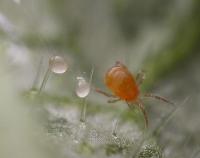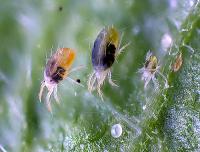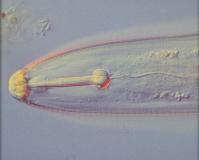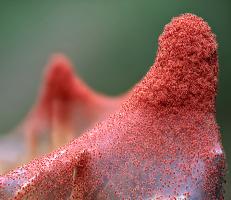|
Courses |
|
Content Morphology, anatomy, physiology, ecology and management of agricultural important acarine and nematode species. Courses will focus mainly on the acarine families Eriophyidae, Tetranychidae, Tarsonemidae, Argasidae, Tydeidae, Tenuipalpidae, Acaridae, Phytoseiidae, Anystidae, Hemisarcoptidae, Pyemotidae, Pyroglyphidae, Stigmaeidae, Varroidae and the nematode genera Meloidogyne, Heterodera, Globodera, Pratylenchus, Ditylenchus and Anguina. |
|
Elective, 7-9th Semester For Erasmus Students courses are taught in English |
|
en |







|
Learning outcomes Upon the completion of the course the students will be able to: (1) understand the main aspects of the biology, ecology and ethology of herbivore and predatory mites as well as of phytoparasitic nematodes, (2) organize a plan for applying the different available methods and tools for acarine and nematode pest control.
Exams Written exams at the end of the semester. Furthermore, students will have the opportunity to prepare and submit by the end of the semester one literature review project on a topic relevant to the objectives of the course. Supplementary literature sources will be available during the course through e-class. |











|
Updated March 2015
|
